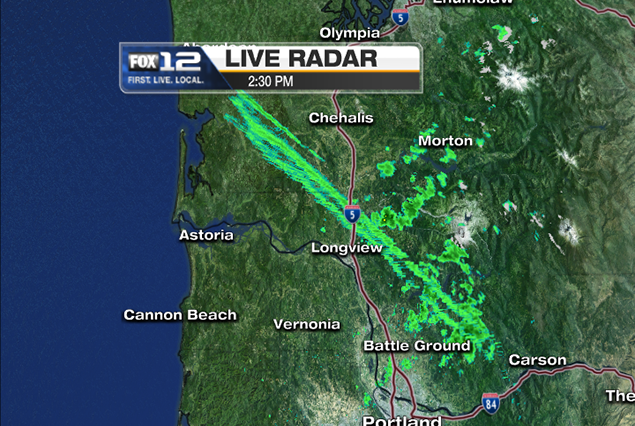Dear readers,
As a pilot, you occasionally come across some fascinating stories about your profession. A while back, there was a conspiracy theory about extraterrestrial life hiding in certain lens-shaped clouds (also known as lenticular clouds and banner clouds). Fortunately, I haven’t heard much about it lately—probably for the best, as I often fly through such clouds. :)
However, there is currently another conspiracy theory that is far more persistent:

Chemtrails
According to this conspiracy theory, certain alleged contrails that linger and spread out are actually chemtrails. These trails are said to influence the climate and population through chemical additives. Below, I’ll share my opinion on the matter, and as you might guess, I don’t entirely agree. :)
On a deeper level, even this page that presents counterarguments is somewhat futile because, really, who is trying to convince whom? The interesting thing about conspiracy theories is that they can keep you engaged, but if they start inducing too much fear, it’s time to return to the facts and ask the magical question: Who conducted the research?
This means avoiding general assumptions like "everyone knows it" or pointing to "evidence" like photos that turn out to be nonsense, as you’ll see below. Or claims such as "researchers have proven that..."—which researchers? Who is "everyone"? And was the research properly conducted?
I’m a captain and Line Trainer on a Latitude jet (a business jet, which gives me the advantage of occasionally checking my own fuel, as you’ll see below on the hawker 800 in London City), but I’m also deeply involved in meditation and spiritual stuff with my wife. So, I’m not just someone who can be described as purely grounded or practical.

Hope with these facts below you can let go of the fear and nonsense of chemtrails.
The white condensation trails, known as Chemtrails are officially known as contrails (a combination of condensation and trails), which can slightly dim the sunlight, so they are artificial clouds formed because the exhaust gases from aircraft engines that increase the amount of water vapor and soot particles in the air along a flight path. This usually occurs around 10 kilometers above the Earth's surface, where the air is extremely cold and temperatures drop below -40 degrees Celsius. Similar to breathing out air on a cold day, you leave behind condensation visible as fog.
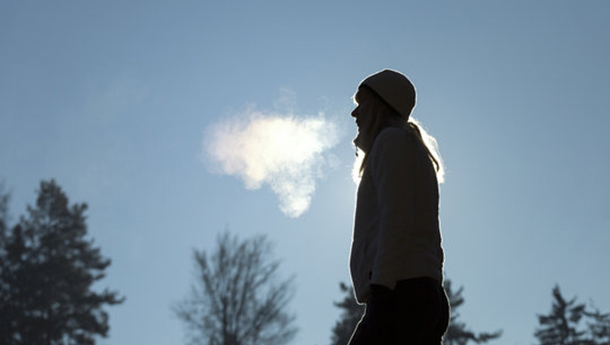
Cold air can hold very little water vapor, and the additional water vapor introduced into the atmosphere immediately leads to
cloud formation (condensation) in the form of trails. The trail typically starts a short distance behind the aircraft because the heat
from the exhaust gases prevents cloud formation near the engines.
These trails reveal a lot about the atmosphere at high altitudes. If they dissipate quickly, it indicates dry air, and the likelihood of
a weather change is small. If the contrails dissolve slowly and expand significantly, it usually signals an impending weather change
that will likely occur within a few days.
Contrails, or condensation trails, are the white lines we often see in the sky, left behind by airplanes. These artificial clouds form because jet engines release exhaust gases that increase the amount of water vapor and soot in the air along the flight path. This typically occurs at altitudes of about 10 kilometers, where the air is extremely cold, often freezing at more than -40 degrees Celsius.
Cold air can hold very little water vapor, so the additional vapor introduced by the engines immediately condenses into streaks of clouds. The streaks usually begin a short distance behind the airplane because the heat from the exhaust temporarily prevents cloud formation close to the engines.
The behavior of these streaks reveals much about the high-altitude atmosphere. If they dissipate quickly, it suggests dry air and little chance of an imminent weather change. If they linger and spread significantly, it usually indicates a weather change within a few days.
Click here to view the composition of a contrail in English (what it really consists of).
Why are contrails not always white like in the first picture? It has to do with the sun angle. Above is a photo of a contrail illuminated from below.
Why are contrails not always straight? Usually, the wind plays a role, which is not always equally strong everywhere and can also blow vertically (called Clear Air Turbulence, or CAT). Of course, an airplane can also turn, as seen in the second picture during an airshow.
Why are some contrails longer than others? Because some airplanes consume more fuel than others. Above is a photo of a B52 (a very large airplane) with two small jet fighters. The difference in fuel consumption is evident.
How can a contrail appear black? When the sun is perfectly aligned with the contrail, you get a shadow that looks like a black stripe. See picture above.
In this shadow of the contrail, it is clearly visible how the sun is positioned and that the contrail curves while the shadow does not.
Older planes, especially those with reciprocating engines, create a lot of soot. While not really a chemtrail, this is also not the most healthy exhaust.
Due to differences in wind directions you can see the rocket contails change directions in the first picture above.
The second picture is of the Andøya Rocket Range that had a failed rocket launch in Norway 2009
The X-15 in the 3rd picture was an experimental rocket-powered aircraft developed by NASA and the U.S. Air Force in the 1960s. It was designed to study high-speed and high-altitude flight, achieving a top speed of Mach 6.7 (7,273 km/h or 4,520 mph) and altitudes up to 107.8 km (67 miles), reaching the edge of space. The X-15 provided valuable data for spacecraft re-entry and high-speed aerodynamics, contributing to the development of future space programs. It remains one of the fastest manned aircraft ever built, and yes it has a unique contrail as well.
A ramjet is a jet engine that uses the engine's forward motion to compress incoming air without the need for a compressor. It works at high speeds (typically above Mach 1), where the air is forced into the engine at high pressure, mixed with fuel, and ignited to produce thrust. Ramjets are simple and efficient at supersonic speeds but cannot operate when stationary or at low speeds. It creates a special contrail that turns on and off the contrail.
A scramjet (supersonic combustion ramjet) is a jet engine similar to a ramjet but designed to operate at hypersonic speeds (above Mach 5). Unlike a ramjet, a scramjet allows the incoming air to remain supersonic as it flows through the engine, enabling efficient combustion at extremely high speeds. Scramjets have no moving parts and rely entirely on the aircraft's speed to compress the air. They are ideal for applications like spaceplanes or high-speed missiles but cannot operate at low speeds or from a standstill. Again these planes have another special contrail they produce.
The last picture is a contrail of a Pulse Detonation Engine (PDE) that is a jet engine that generates thrust using controlled explosions (detonations) of fuel and air. These detonations create high-pressure shockwaves, which are expelled to produce forward thrust. PDEs are simpler and more efficient than traditional jet engines, especially at supersonic and hypersonic speeds, because detonations release more energy than standard combustion. However, they are still experimental due to challenges in sustaining and controlling the detonation cycles.


The last 4 images have a smoke generator to make the wake turbulance visable for test purposes.
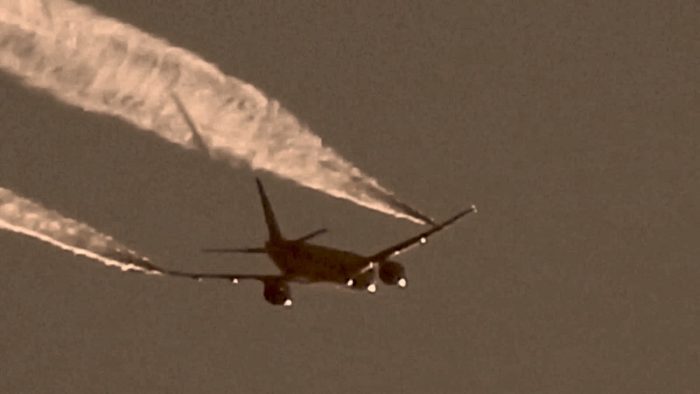
Both fuel dumping and venting are rare occurrences, strictly monitored by aviation authorities, and designed to prioritize safety while minimizing risks to the environment.
 The most common chemicals used for cloud seeding include silver iodide and dry ice (frozen carbon dioxide). Liquid propane, which expands into a gas, has also been used, as it can produce ice crystals at higher temperatures than silver iodide. Hygroscopic materials, such as salt, are becoming more popular due to promising research results.
The most common chemicals used for cloud seeding include silver iodide and dry ice (frozen carbon dioxide). Liquid propane, which expands into a gas, has also been used, as it can produce ice crystals at higher temperatures than silver iodide. Hygroscopic materials, such as salt, are becoming more popular due to promising research results.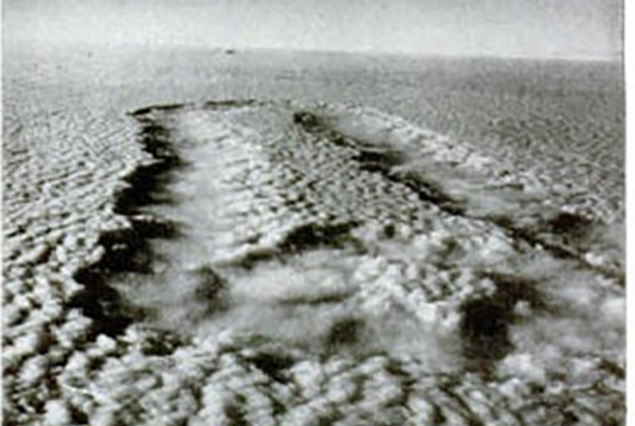
These pipes contain firework that releases the soot into the clouds for creating condensation nuclei that in turn forms rain drops.
Airborne testing plays a critical role in ensuring the safety and efficiency of modern aircraft. These tests include weight and balance simulations and icing accumulation studies, both of which use specialized equipment for precise measurements and safety validation.
Below you find 2 pictures of airborne ice accumulation testing.
Icing tests evaluate how ice forms on an aircraft during flight in freezing conditions. Controlled spraying systems create ice on critical surfaces like wings and engines to verify the effectiveness of anti-icing systems and ensure aerodynamic safety.
These systems are used strictly for testing and have no connection to atmospheric spraying.
Below you find some images of military planes that refuel in the air to complete long missions.
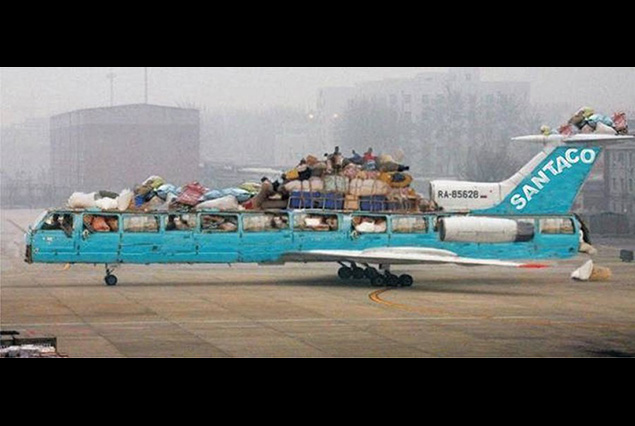
You can’t just load an aircraft full of baggage and passengers without knowing how much you can carry and where everything should be placed. This needs to be tested and represented in a graph to ensure that the limits are not exceeded. Below is a brief explanation:
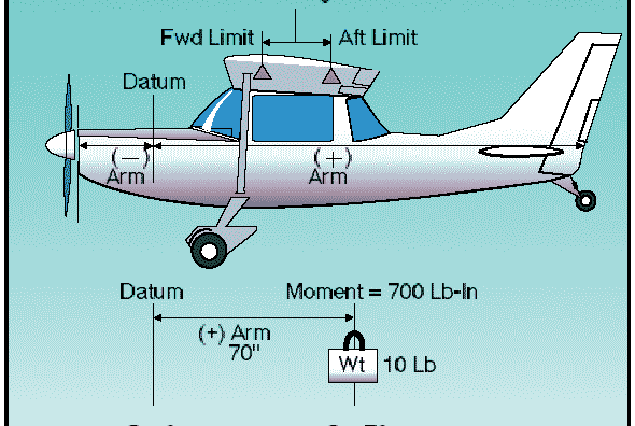
It is easiest to explain using a small aircraft. If too much weight is aft, the aircraft wants to pitch up and you need too much force to push it down to keep it straight and level. The same applies for too much weight forward. So there is a limit and this is normally indicated with a graph showing the CG (Center of Gravity) that is the balance point and how much you can go forward and back from this CG point.
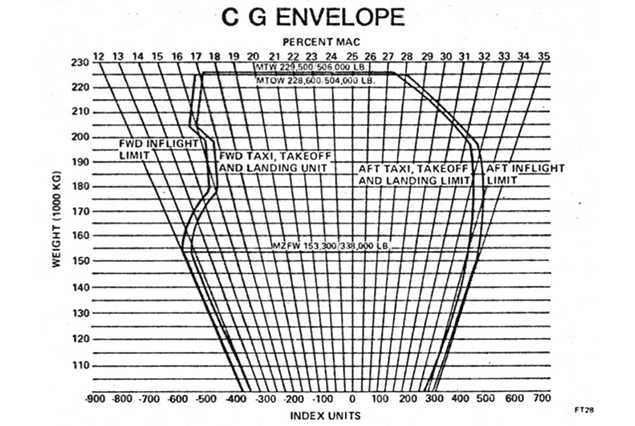
Weight and balance testing ensures aircraft stability under varying load conditions. Engineers use water ballast systems, consisting of tanks and tubes, to simulate different weight distributions. Water is ideal due to its precise weight and adjustability.
Images of tanks and pipes inside test aircraft often depict this setup, which is self-contained and not connected to external spraying systems.
Often these types of pictures are used in conspiracy theories, saying that these containers hold chemicals that influence humanity below. Well the fact is that they only hold water to test the weight and balance limits. The exception here is the last picture. This is a strange one as these containers carry fuel. It was an American boeing 727 in Angola that disappeared with 14.000 gallons of diesel back in 2003.
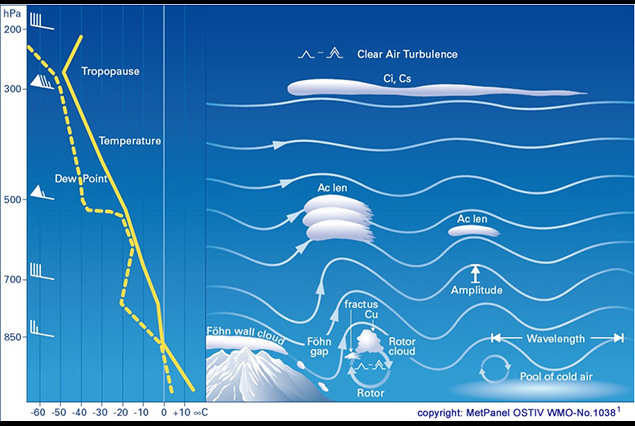
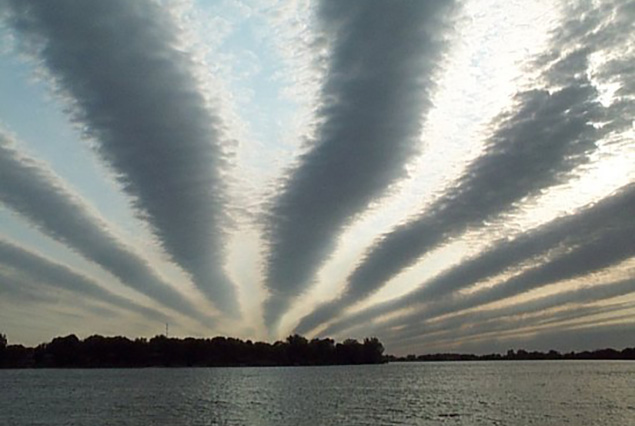
Sometimes dust from the desert is blown up into the clouds and is being transported over large distances. You sometimes see after rain that some sand remains on your car, normally red in color. This is sahara sand or other large desert surface sand. On a radar image this looks like the image below:

Below you find some more interesting cloud formations, such as the noctilucent clouds, cirrus clouds and nakreous clouds:
Click on the images to see the name of the cloud.

During the Vietnam War (1955–1975), the United States used chemical defoliants as part of its military strategy. The most infamous of these chemicals were Agent Orange and Agent Blue. These were not harmless "vapors" or conspiracy theories; they were very real, deadly substances designed to destroy vegetation, food crops, and forest cover.
Agent Orange: A herbicide containing dioxin, one of the most toxic chemicals ever created. It was used to strip trees and plants, exposing enemy troops hiding in dense jungles.
Agent Blue: Specifically targeted rice crops, a crucial food source for Vietnamese forces. It worked by desiccating (drying out) plants, leading to widespread famine and suffering.
The US military sprayed over 19 million gallons of herbicides over South Vietnam between 1962 and 1971. This campaign, called Operation Ranch Hand, was part of an effort to weaken the Viet Cong by removing their food sources and hiding spots.
The effects of Agent Orange and Agent Blue were devastating. The chemicals caused:
Environmental destruction: Millions of acres of forest and farmland were destroyed, some areas permanently damaged.
Human suffering: Thousands of Vietnamese civilians and soldiers were exposed to toxic chemicals. The consequences included cancers, birth defects, and chronic illnesses that continue to plague generations.
Veteran health crises: Many US veterans who were exposed to Agent Orange developed severe health problems, including rare cancers and autoimmune diseases.
Unlike the fictional "chemtrails" seen in conspiracy theories, the chemical sprays used in Vietnam were proven, documented, and resulted in lasting harm to both people and the environment.
And than you have the crop dusters and bug spray planes that also produce real chemtrails.
There are also experiments to block radar images by using aluminum particles in the air, but you cannot see them, it just blocks the radar.
